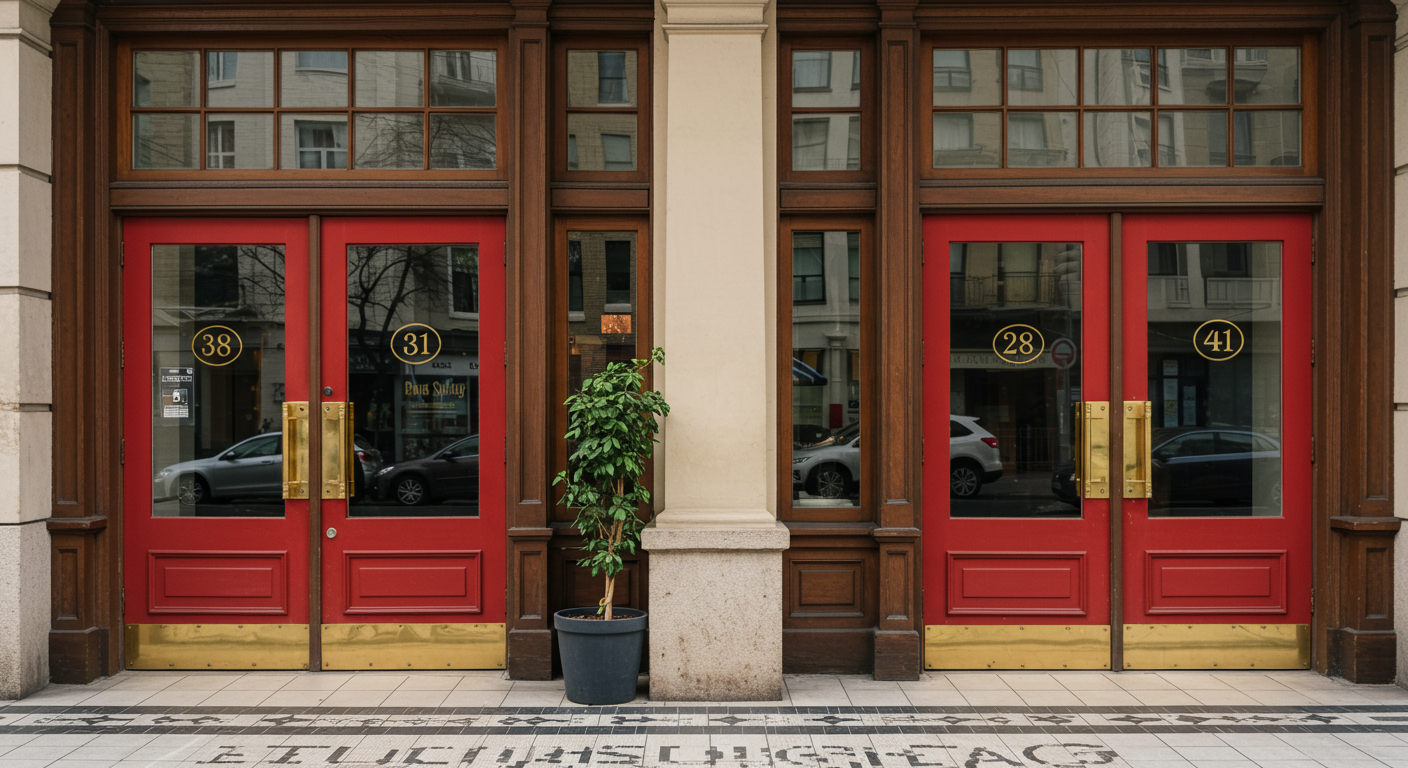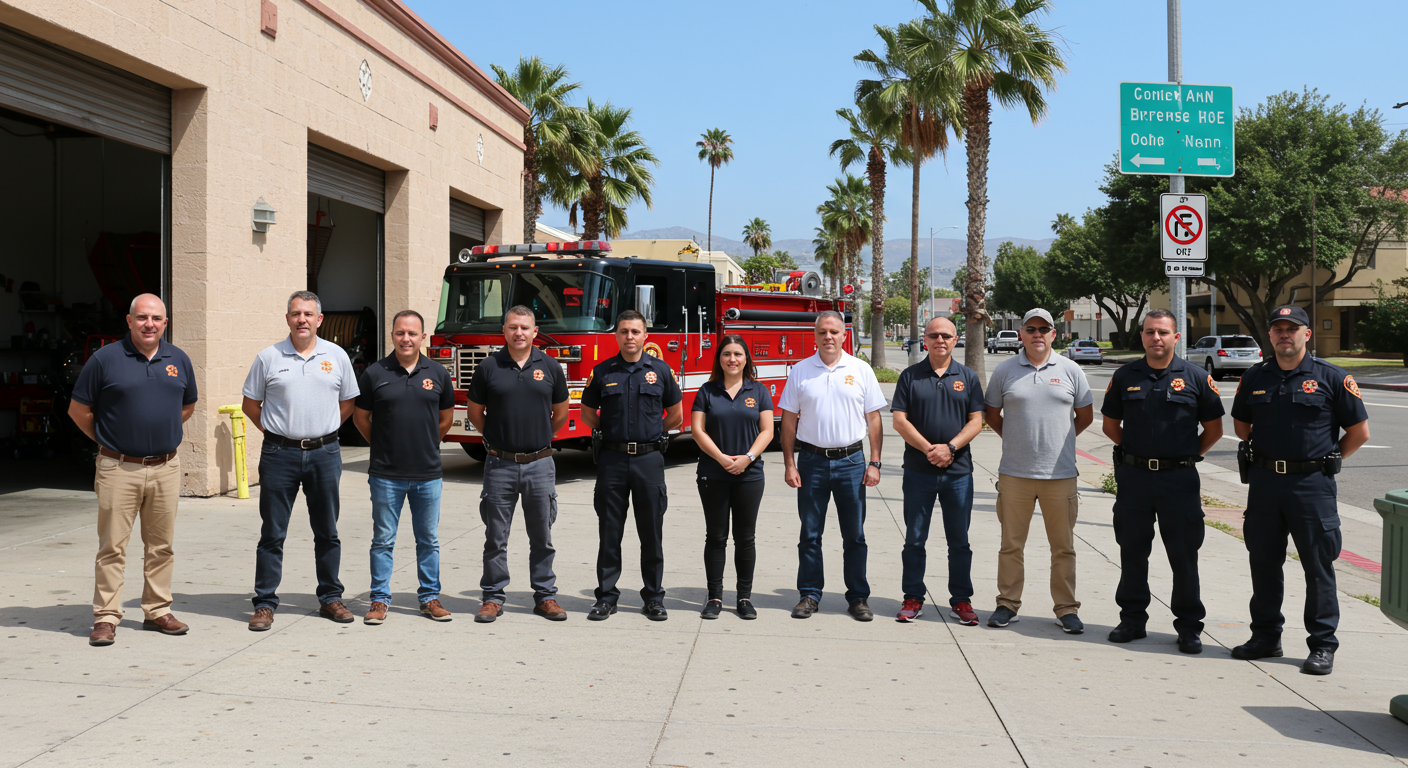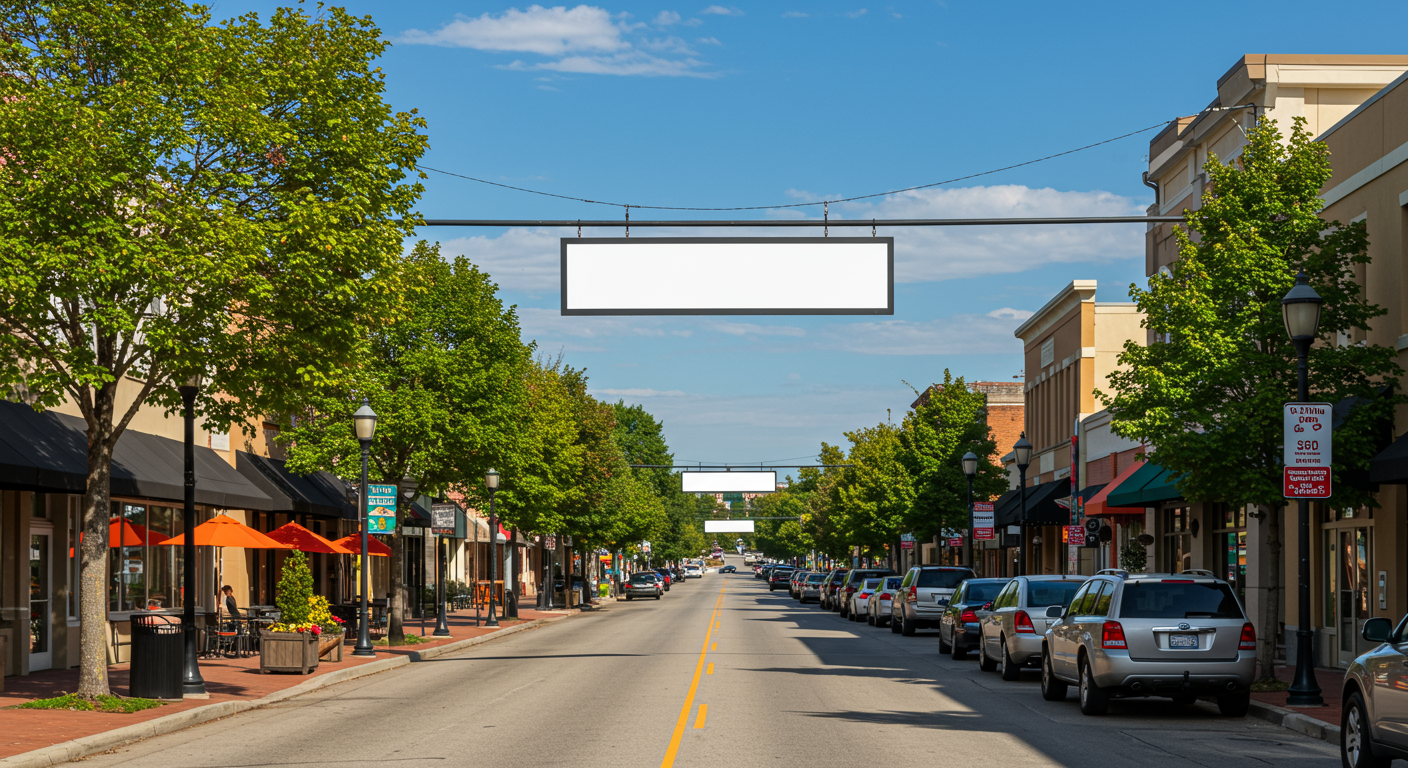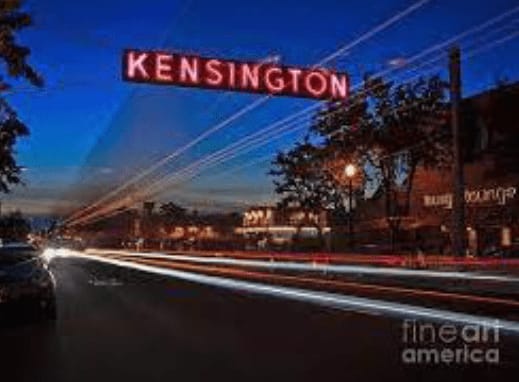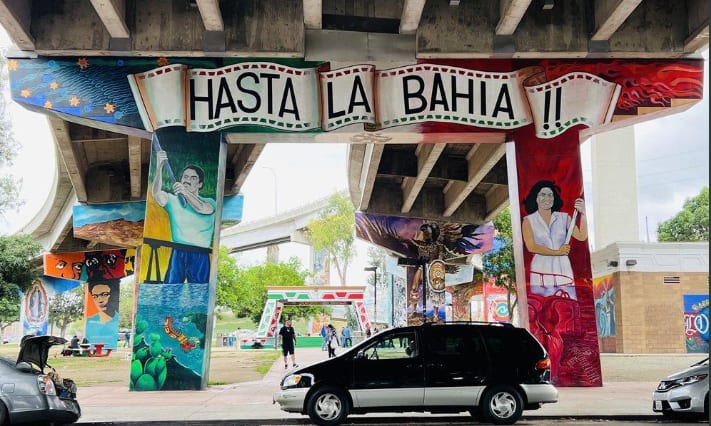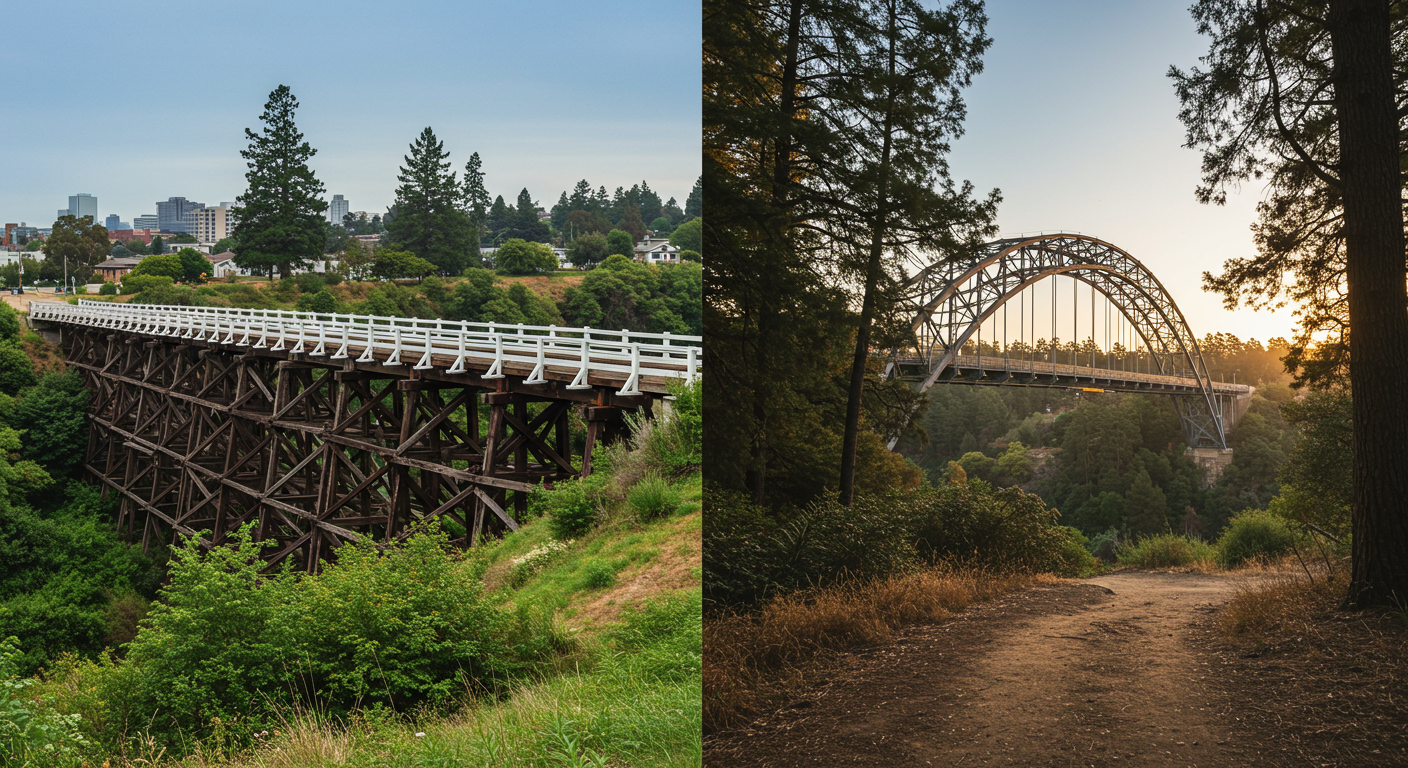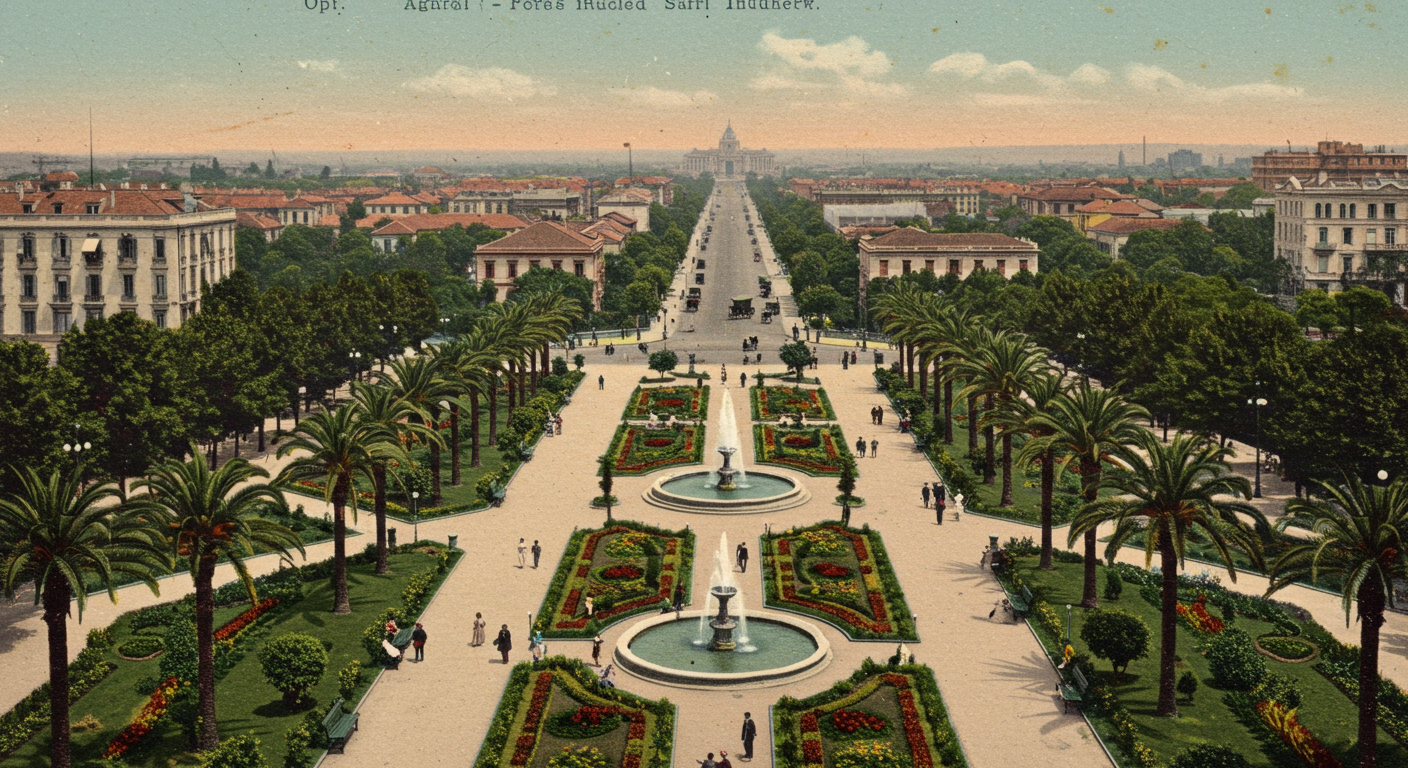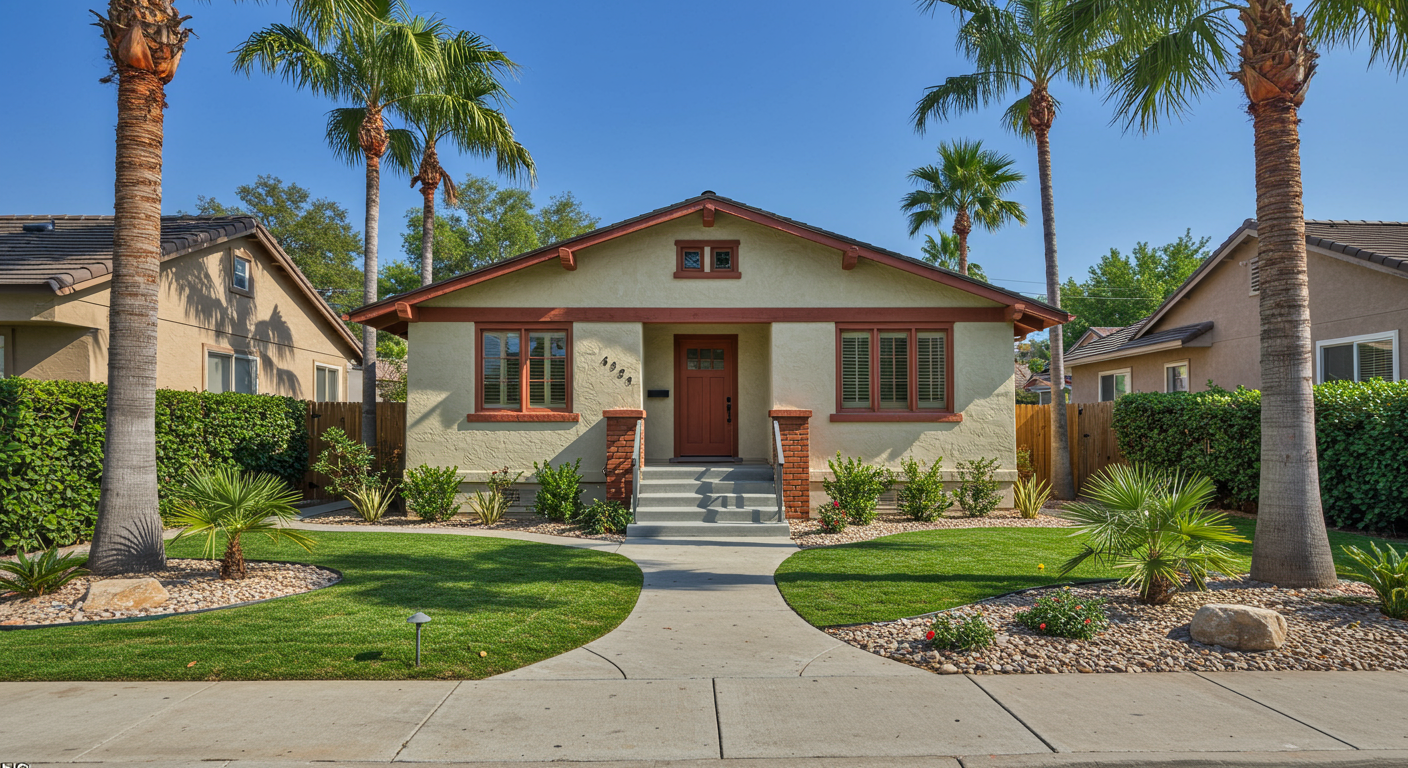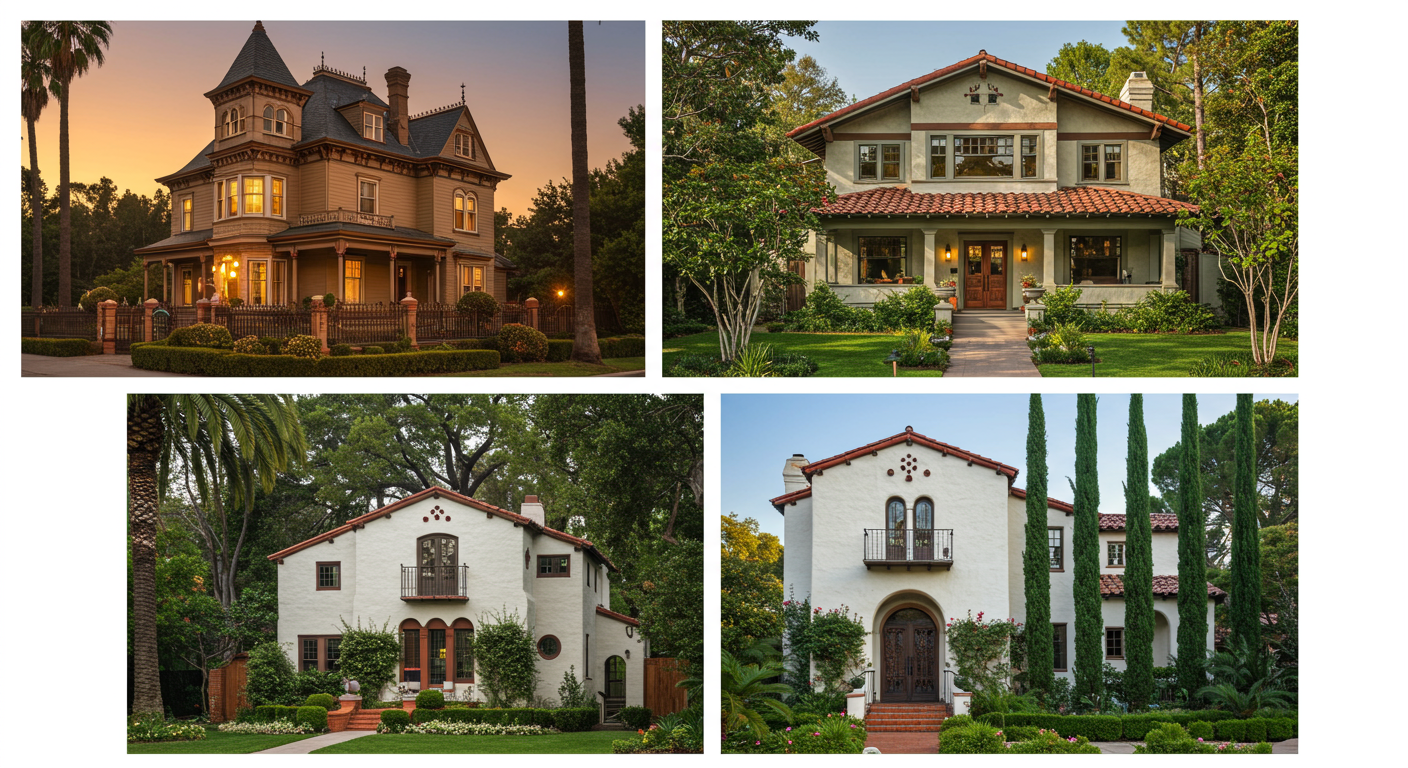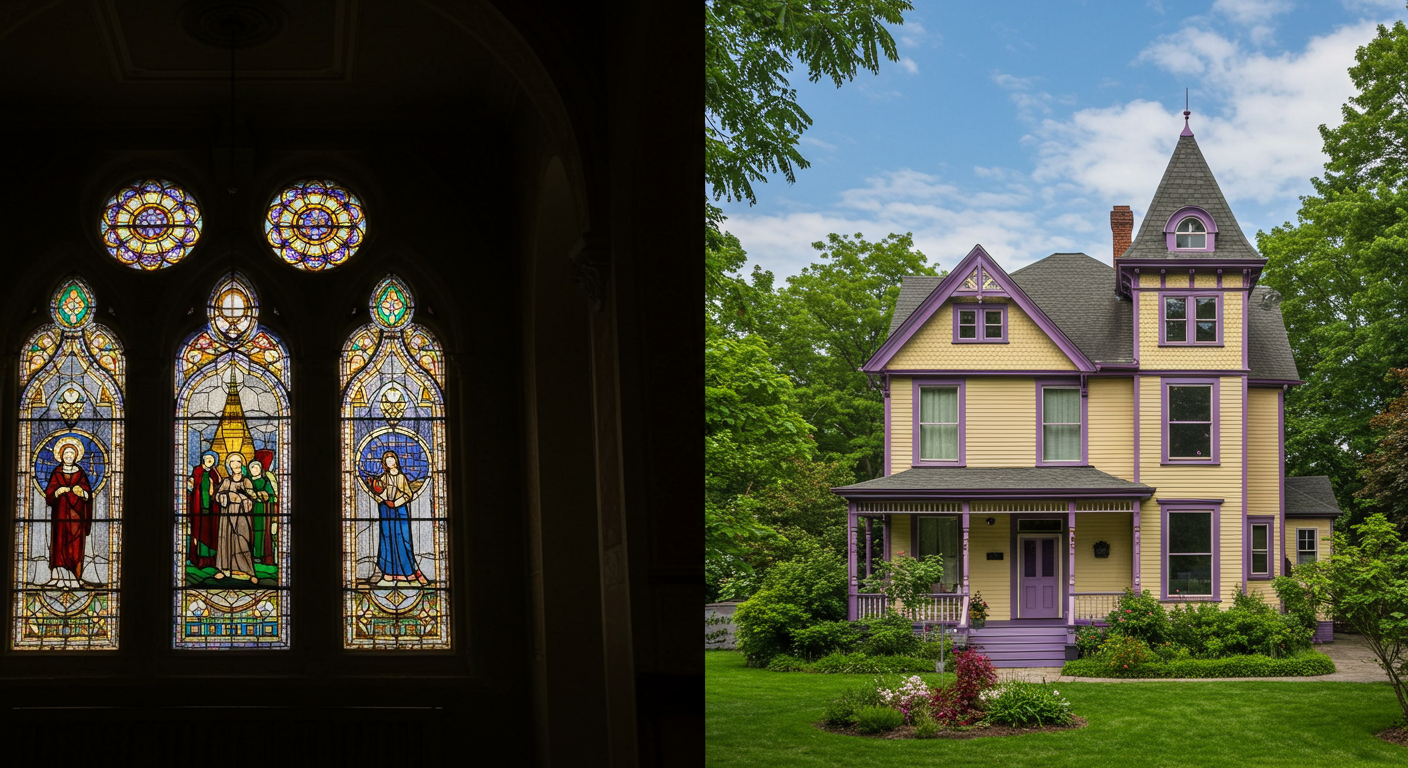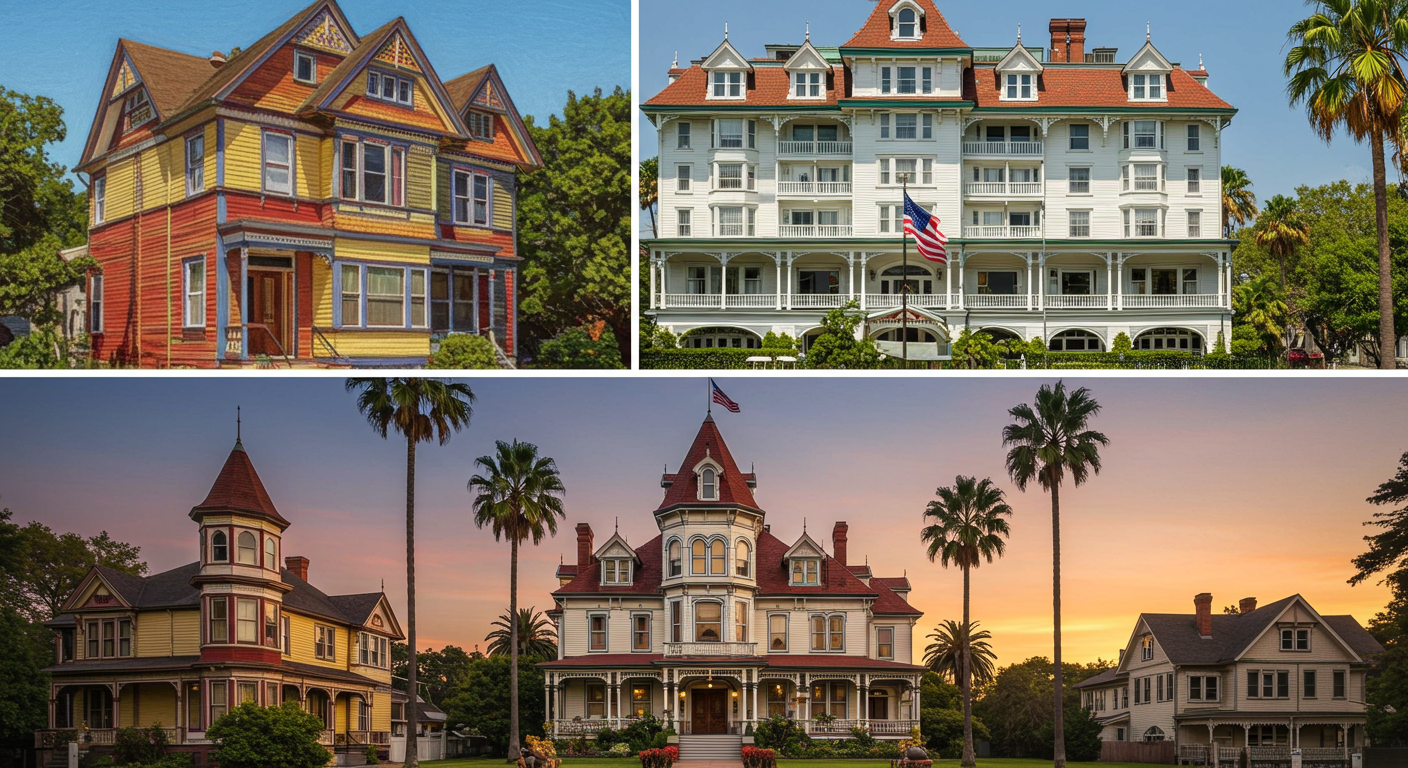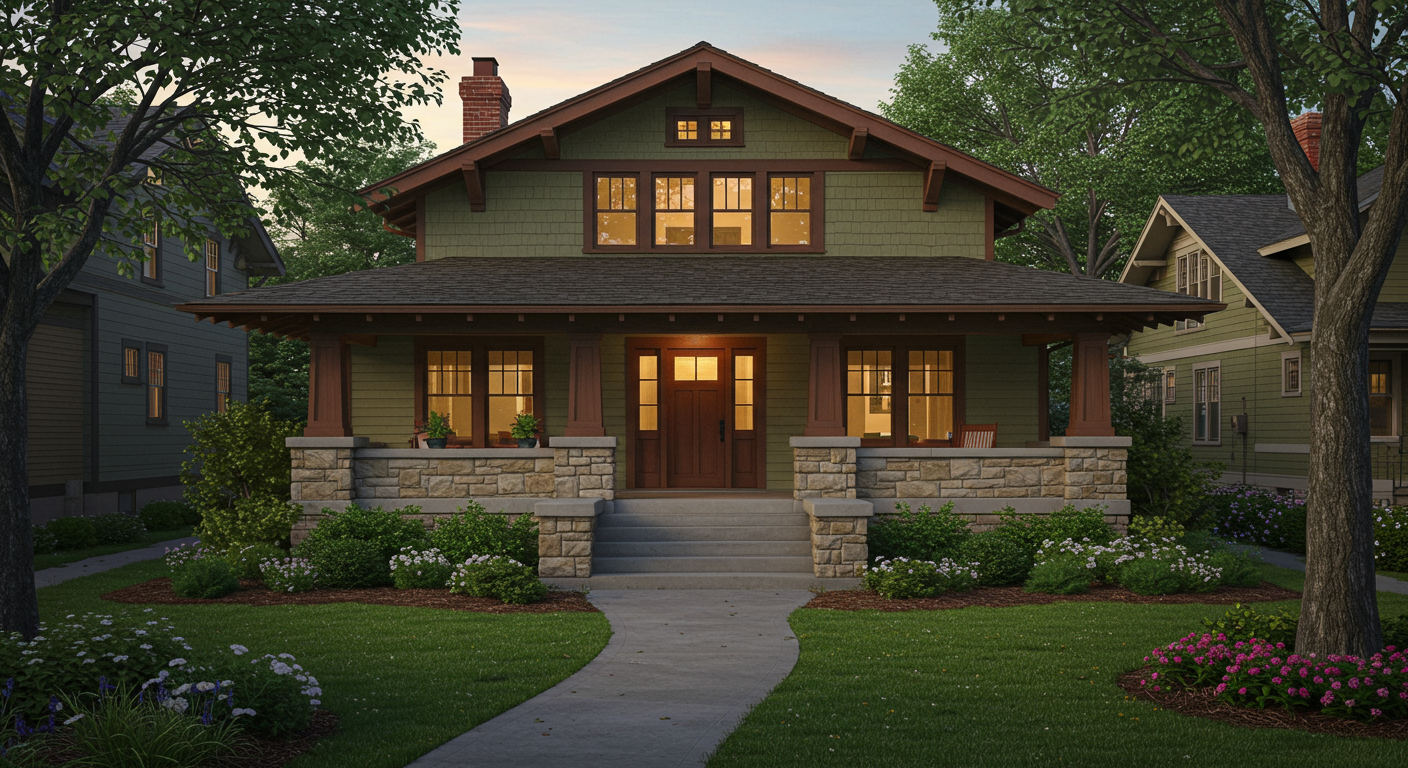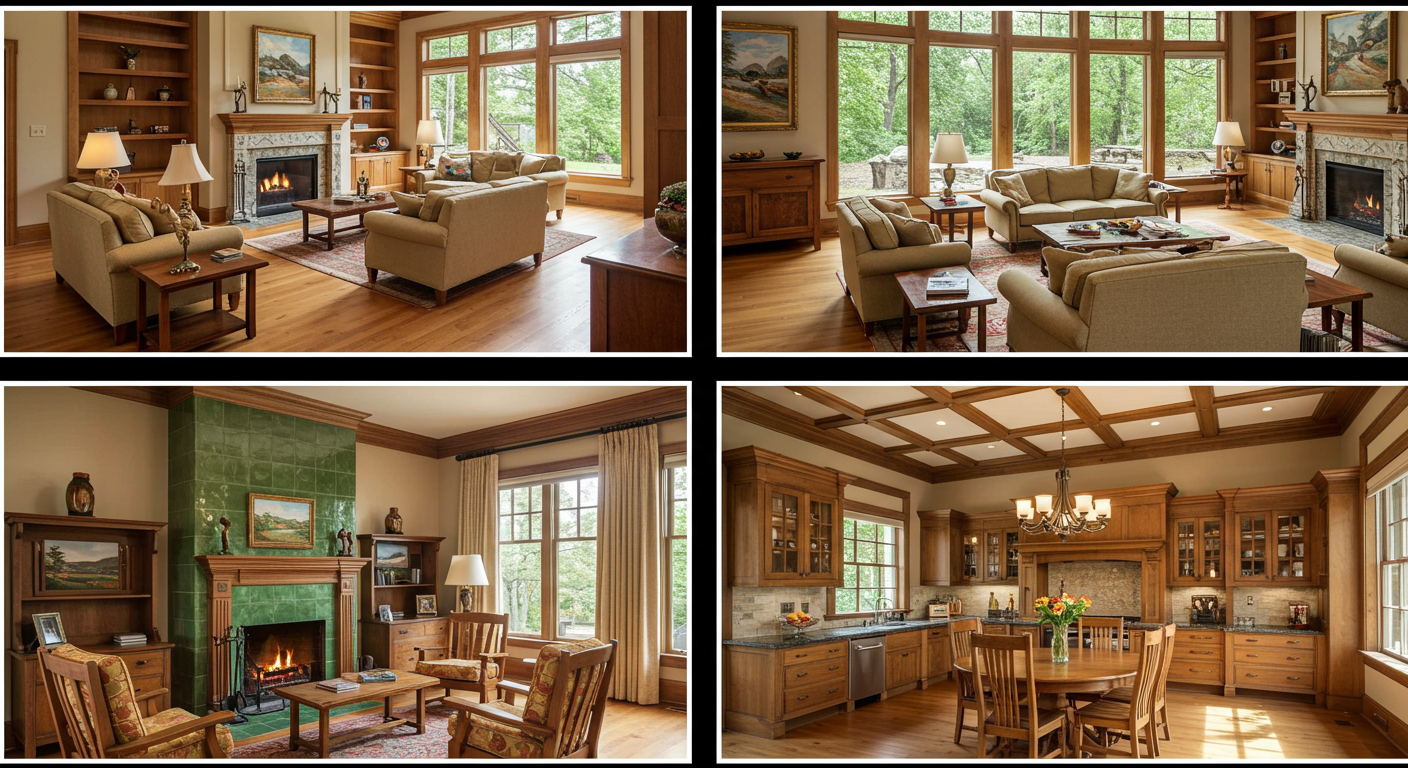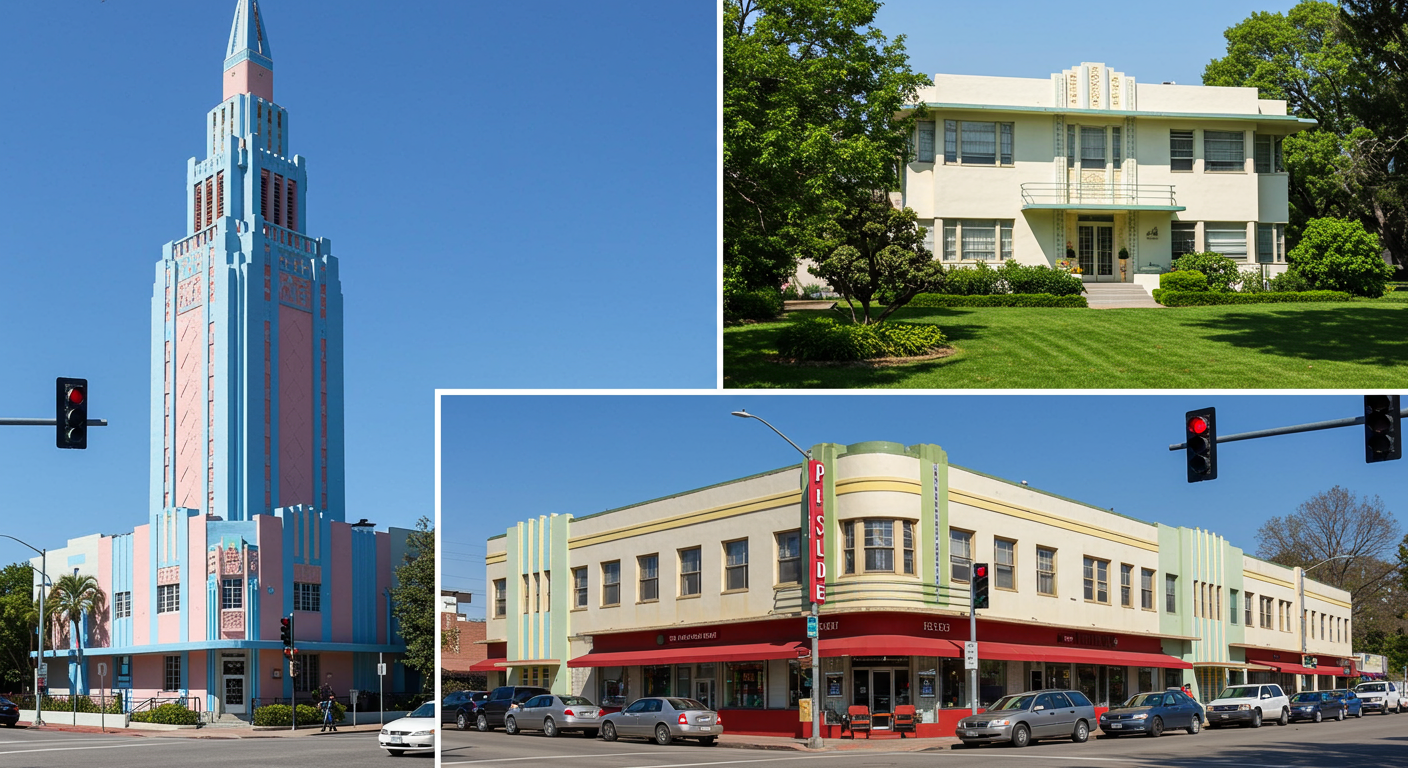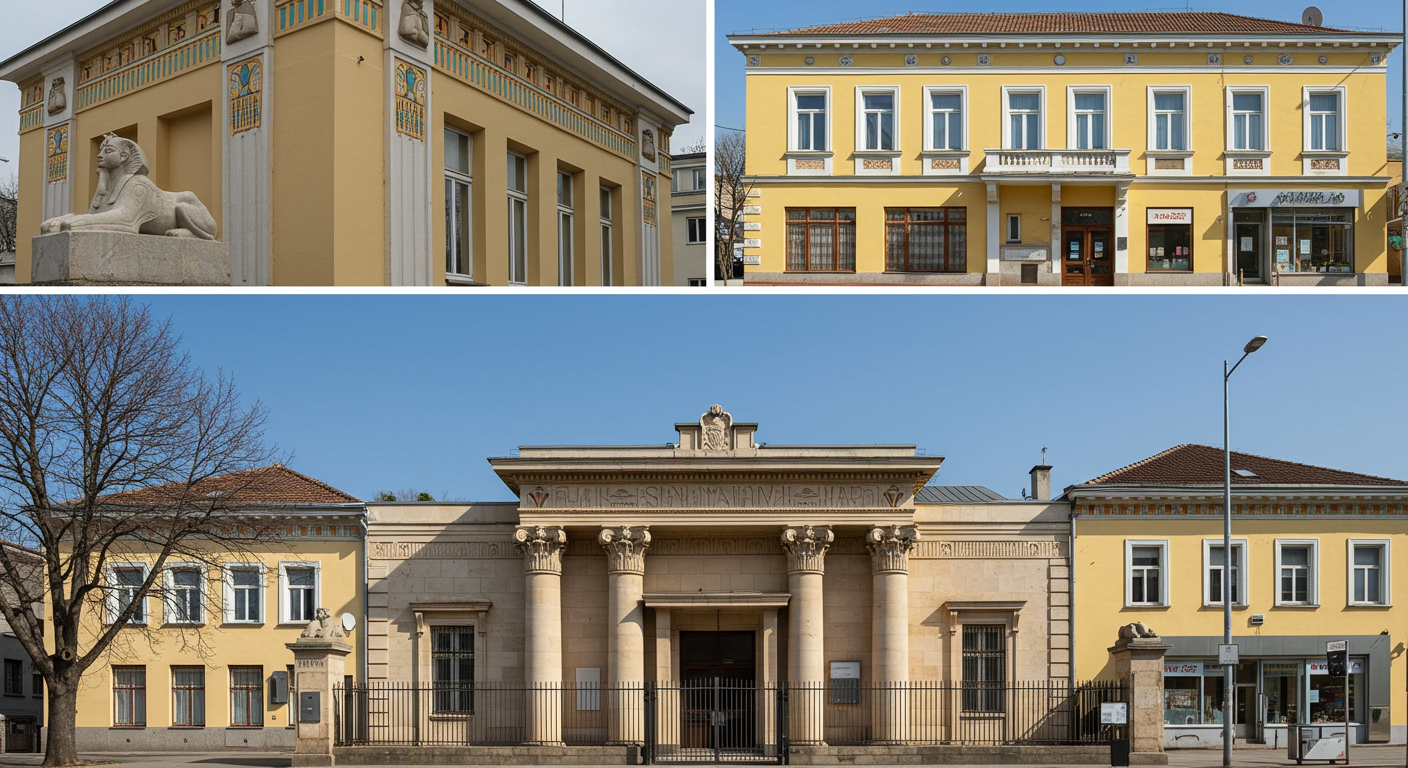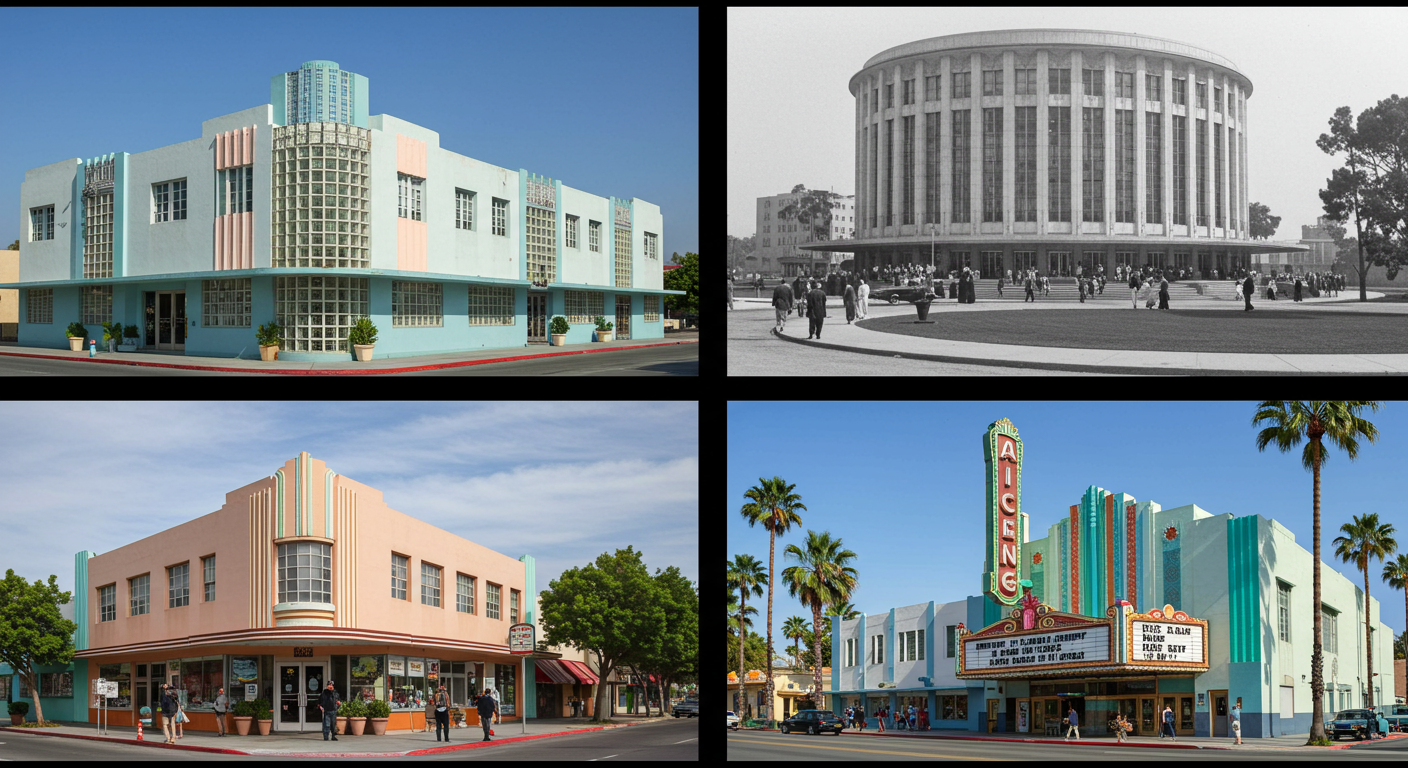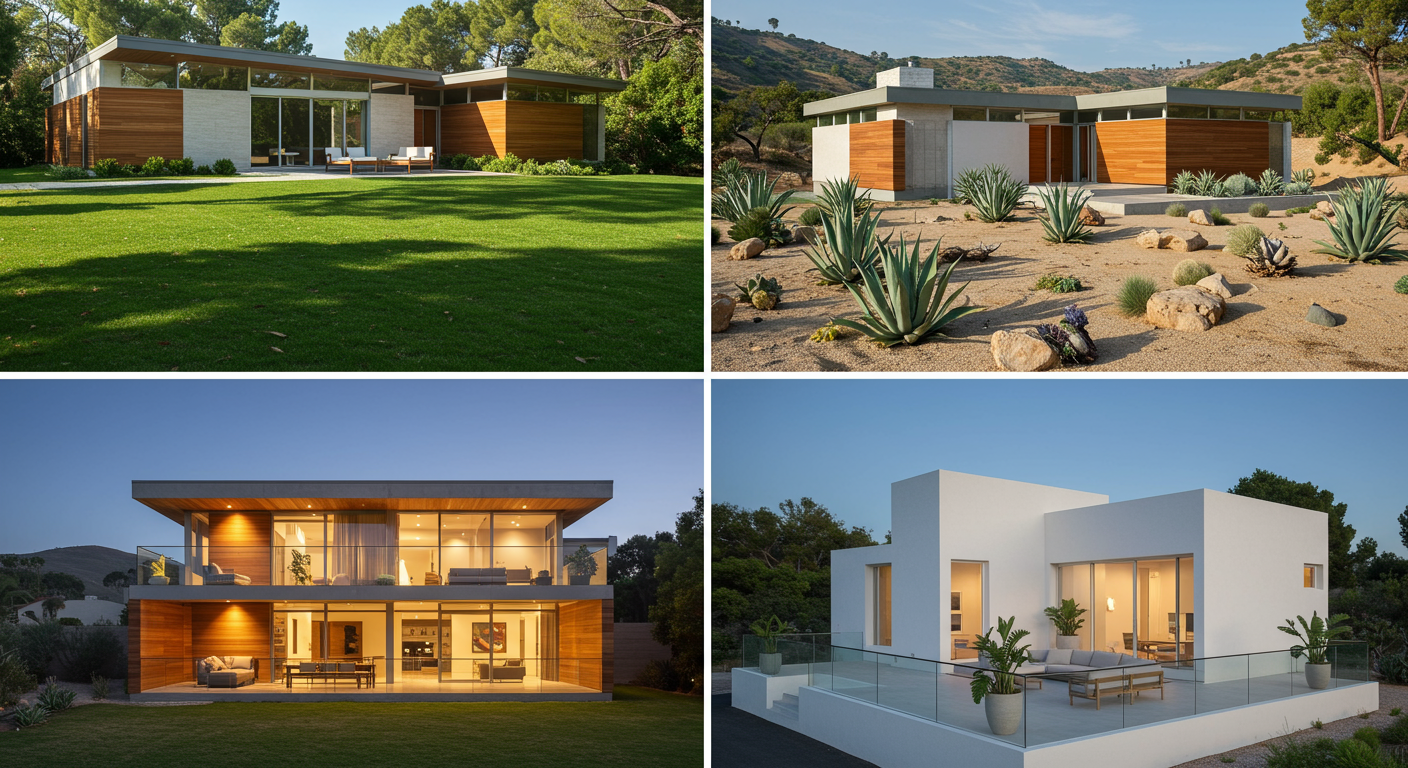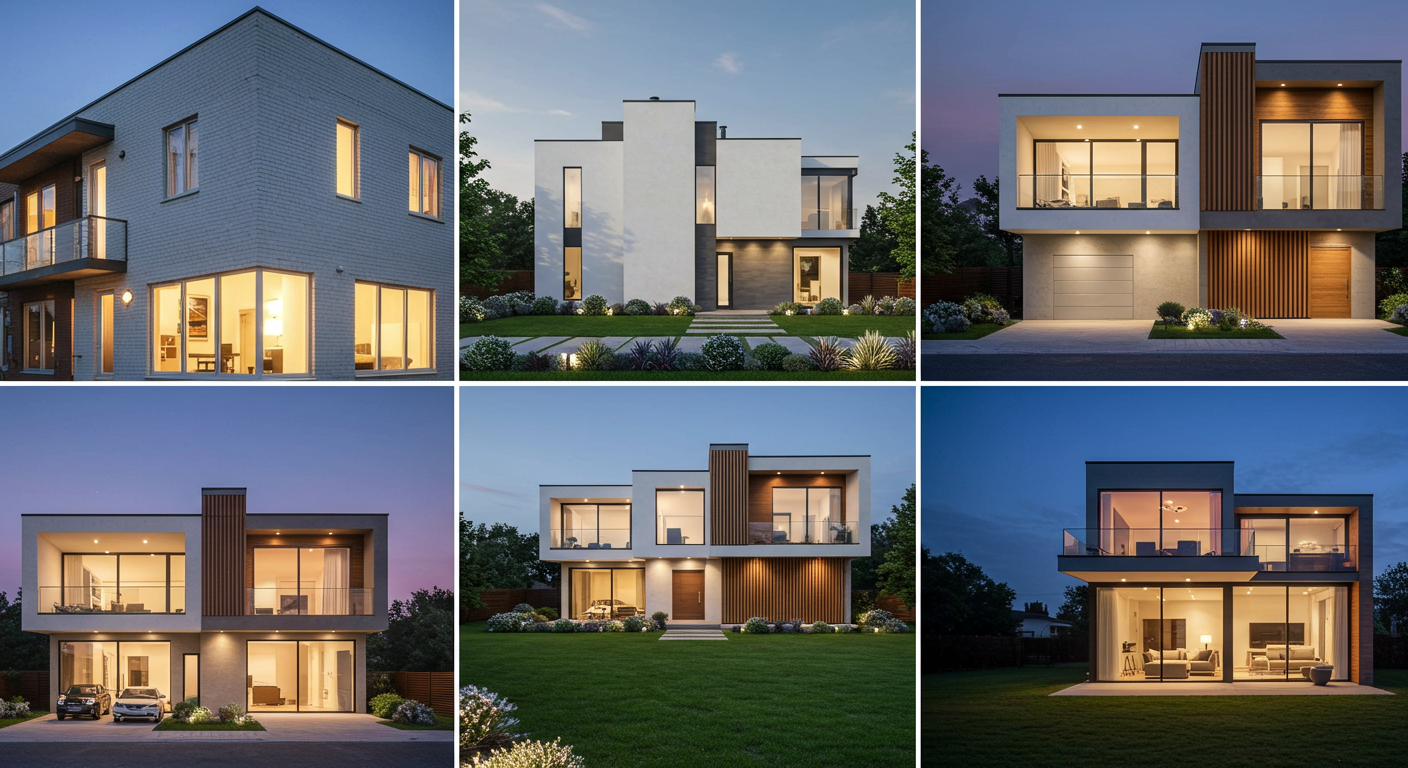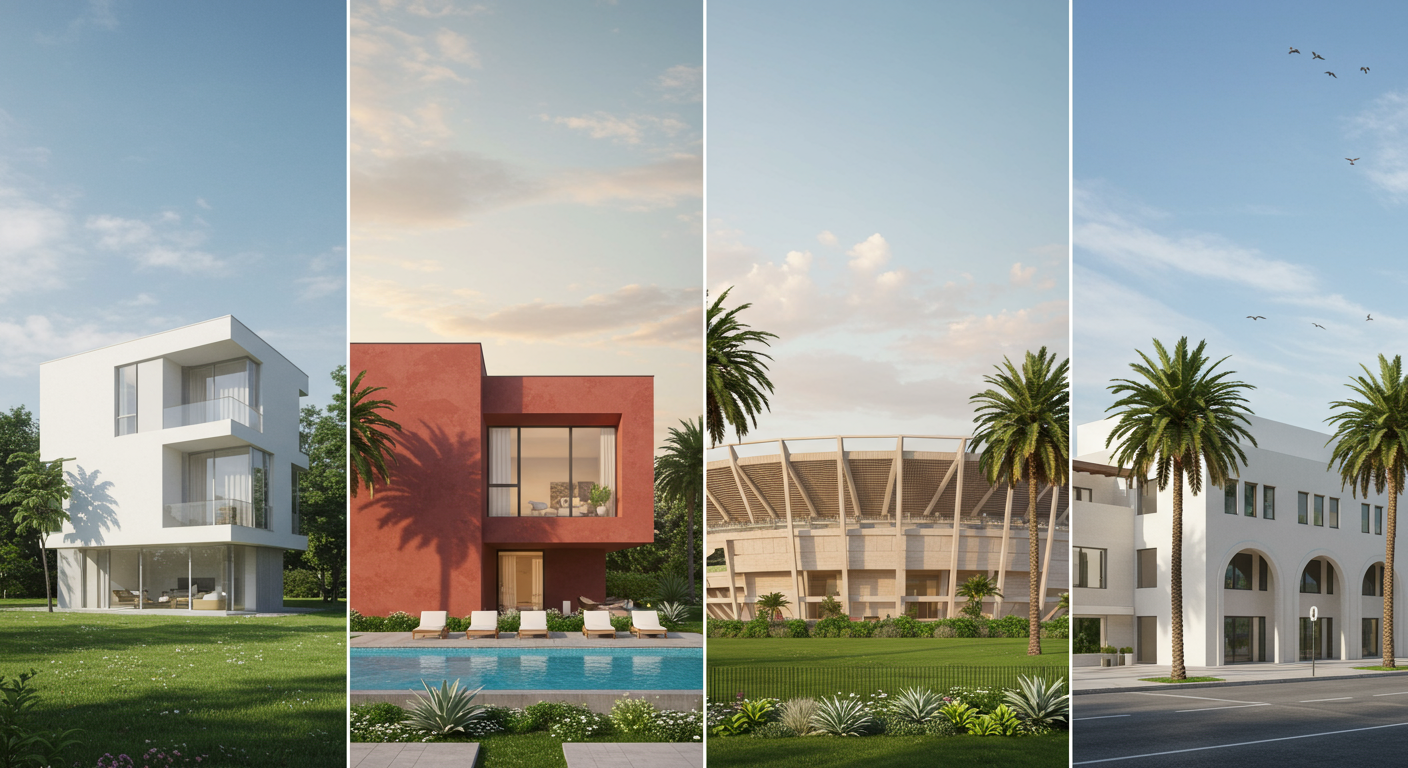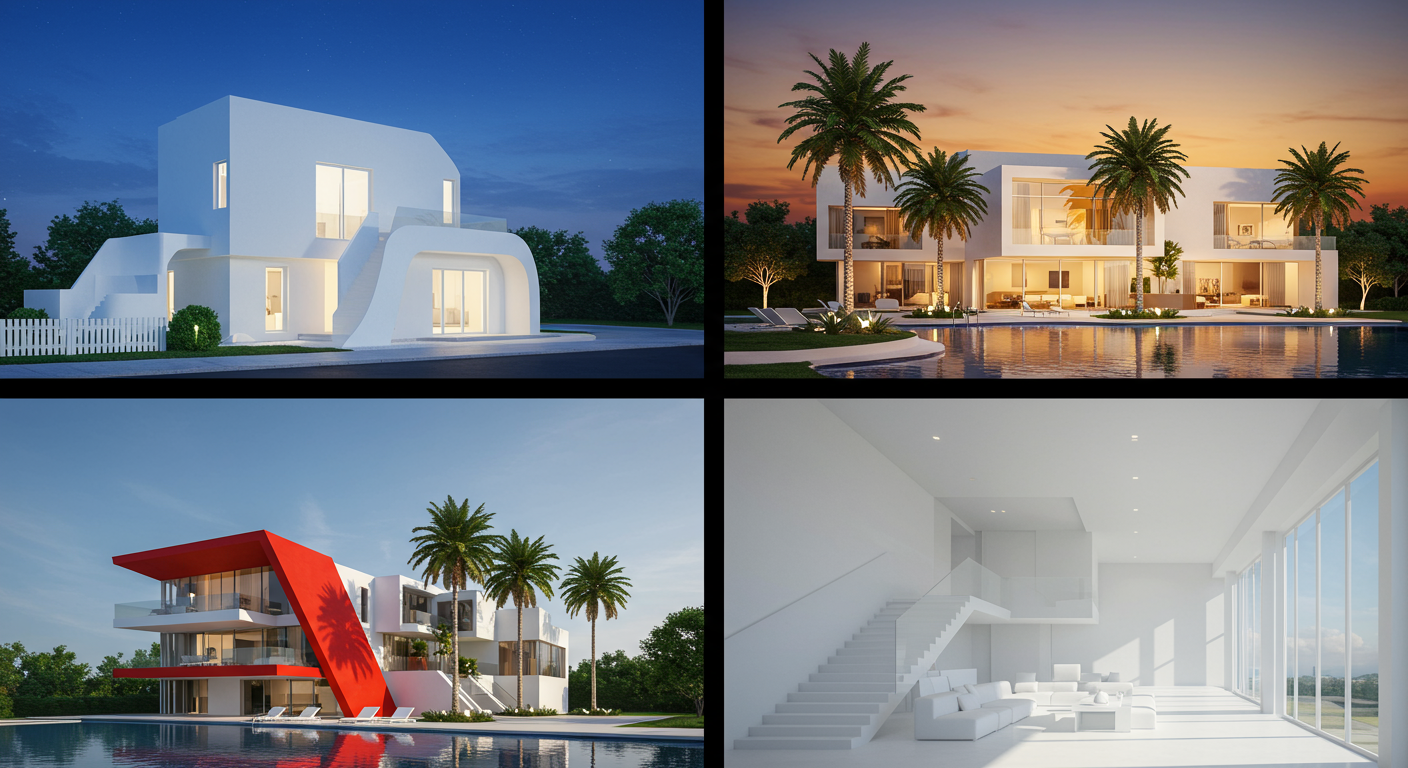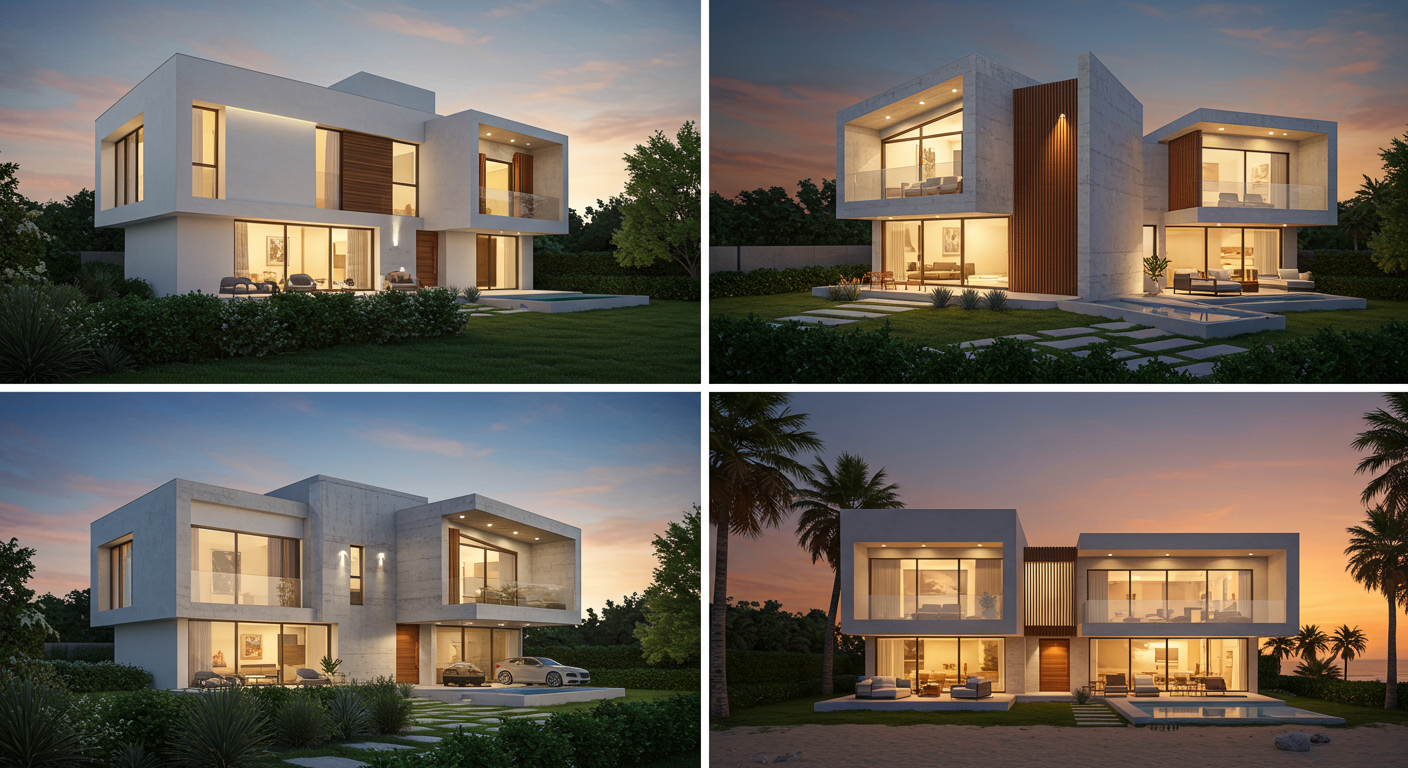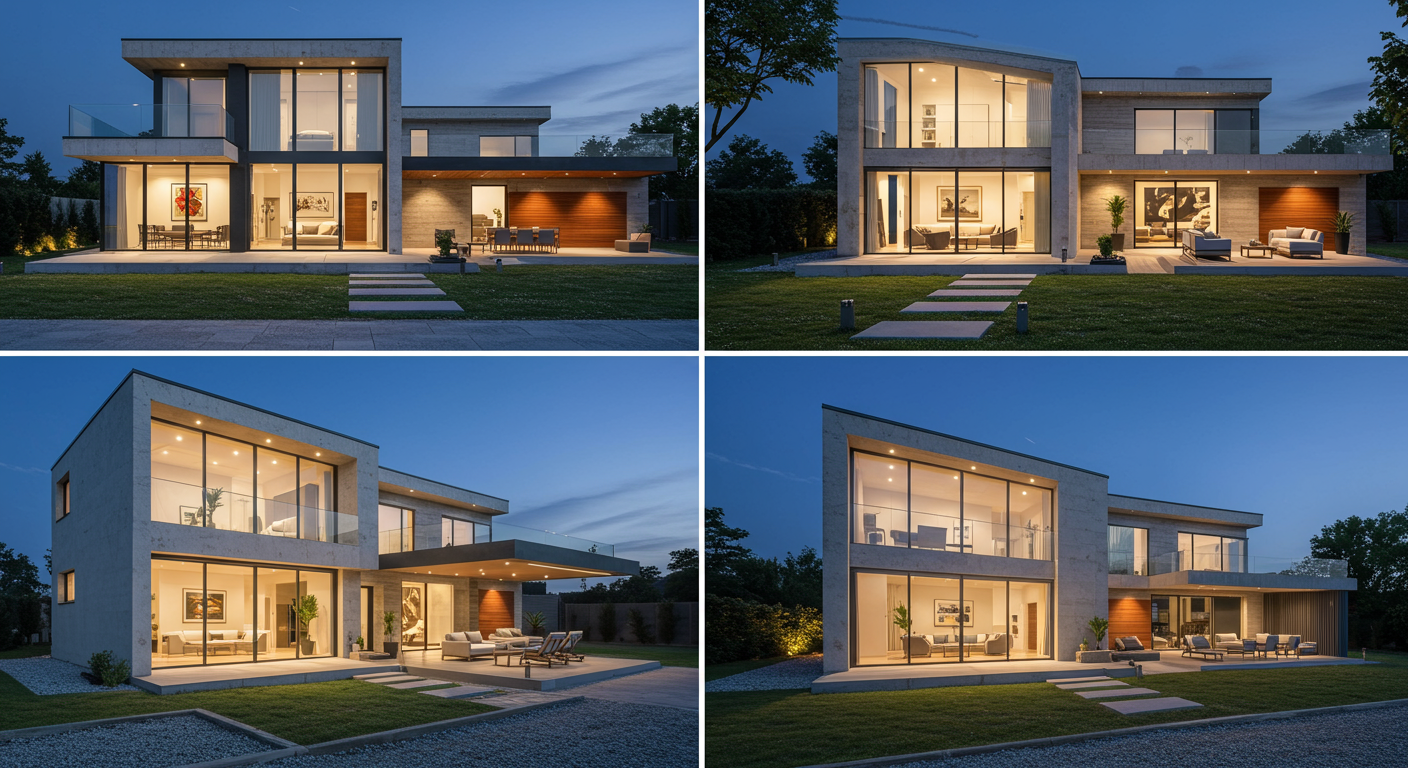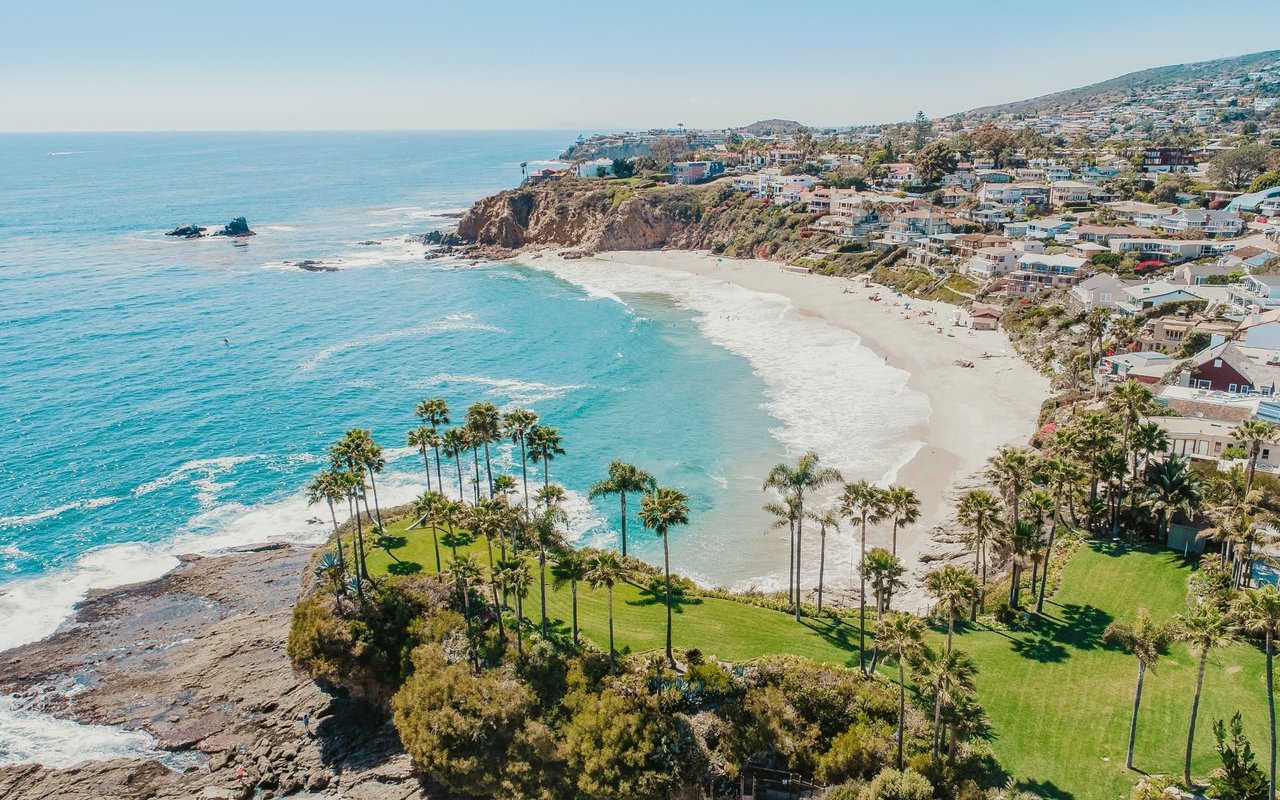Historic Properties and Mills Act
What is the Mills Act?
A State Law that allows property owners of Historic Properties pay between 20-70% less property taxes with Mills Act Designation.
How does a property qualify?
There are 6 Criterion. The more individual criteria a property has, the stronger it’s chances for getting Historic Designation. That said, doing your homework, researching and digging deep are very important to a successful application. Criterion are sorted by letters A through F. While showing properties in the older parts of town or perhaps listing a home by a long term seller, be on the lookout for clues...
Criterion A
Exemplifies or reflects special elements of the City's, a community's or a neighborhood’s historical, archaeological, cultural, social, economic, political, aesthetic, engineering, landscaping, or architectural development.
Understanding Criterion A
Does the resource reflect or exemplify special elements of the development of the City, community, or neighborhood? If so, under what aspect of development? A resource may be eligible under more than one aspect and generally consists of a combination of two or more, such as socio-economic development.
So Many Aspects of Criterion A
- historical development
- archaeological development
- cultural development
- social development
- economic development
- political development
- aesthetic development
- engineering development
- landscape development
- architectural development
How Significance May Be Established
istorical Development shall exemplify or reflect a special or unique aspect of the City’s general historical development; or shall exemplify or reflect a unique aspect of the City’s history.
Historic Development
HRB Site #820, Henry and Amanda Rundell House
- In 1909, William F. Smythe the chief local proponent of the self-sustaining agricultural movement, established a utopian colony on the site of present-day San Ysidro.
- The colony, called the Little Landers, was predicated on the belief that “on as little as one acre of land an industrious family can make a good living if they proceed the right way.” “Little Landers” was a 550-acre property consisted of 150 acres along the valley floor and 400 acres along the hillside.
- By the end of 1911, there were sixty-nine families residing in the community; forty-seven new houses were built in 1912 and San Ysidro swelled to 300 residents. On January 18, 1916, the flood at the Morena Reservoir rushed down the Tijuana River Valley, destroying the homes of at least 100 colony families and washing out the crops. The community was never able to recover.
- The Harry and Amanda Rundell House was more substantial than the majority of simple craftsman and vernacular residences and is one of the few intact resources remaining in the county
Rundell House San Ysidro
Archaeological Development
Archaeological Development may be prehistoric or historic in nature but must exemplify archaeological development through subsurface deposits and may include associated surface features. Note that the location of designated archaeological resources is considered confidential and shall not be disclosed in public documents
Archaeological Development
HRB Site #398, Ocean Beach Gateway Archaeological Site
- The site is a prehistoric campsite occupied as part of a series of major encampments along the course of the San Diego River. It was occupied during the Archaic and Late Prehistoric periods.
- Artifacts include grinding tools, flaked tools used for scraping, pounding and cutting, pottery, animal bone, marine shell, fire-affected rock, and other lithic materials. Sparse and fragmentary scatter of historic materials dating from the 1920s and 1930s were found as well.
- It should be noted that this site was designated under a previous set of designation criteria. If this resource were designated today, it would be eligible under HRB Criterion A.
Native American Site Corner Sunset Cliffs & West Point Loma Bl
Cultural Development
- Cultural Development shall exemplify or reflect development that is associated with a group of people linked together by shared values, beliefs, and historical associations.
- Properties associated with significant achievement in the visual and fine arts, (painting, sculpture, architecture, theater, dance, music,) literature, philosophy, religion, science, mathematics, the social studies.
- Also, any of the disciplines that are commonly associated with public and private institutions of higher learning and/or academic inquiry.
Ideal Hotel 540-542 Third Ave. Downtown
- Example of Cultural Development HRB Site #543, Ideal Hotel The structure, built in 1912, is a two- story brick and hollow clay tile structure. The ground floor is divided into two store fronts.
- The space has long been associated with Joe Robinson, a longtime resident and African-American businessman in San Diego. In 1914, Robinson and his business partner Charles Edwards opened Edwards & Robinson billiards on the ground floor of the building. By 1926, Joe Robinson is proprietor of both the De Luxe Billiard Hall and Ideal Rooms, advertising his businesses in the 1926 Colored Directory.
Social Development
Social Development shall exemplify or reflect development that is associated with relations and interactions with others.
HRB Site #893 Old Fire Station #19
- The building reflects the racial segregation African Americans experienced in San Diego prior to the 1960s and the Civil Rights Movement. African American firefighters were moved to Old Fire Station #19 in the late 1920s and were not allowed to work out of any other fire stations in the City, thus reinforcing segregation and discrimination.
- For over two decades, African American firefighters worked out of Old Fire Station #19 and faced discrimination and given little opportunity to advance in the department and forced to carry out the most difficult tasks.
SDFD Station 19
Economic Development
Economic Development shall exemplify or reflect development associated with the local, regional, state or national economy or economics, including manufacturing, labor and agriculture, maritime and transportation industries.
HRB Site #865 Kensington Neon Sign
- In 1951, a group of Kensington businessmen led by local service station owner Harry Young formed the Kensington Park Business Association
- The first goals of this new organization included purchasing flags for the Kensington business district along Adams Avenue, erecting a sign across Adams Avenue marking the business district, and annexing the area into the City of San Diego.
- The Kensington Park Business Association planned community events and fundraisers to increase community involvement and fund these goals.
- In addition to being representative of the mid-century historical, social and business development in Kensington, the Kensington Neon Sign has been a community landmark for five decades. (This resource also reflects a special element of historical and social development.)
Political Development
Political Development shall exemplify or reflect development associated with politics or the political atmosphere, including women’s suffrage, neighborhood activism, labor organizations and the Civil Rights Movement associated with ethnic and gay/lesbian issues.
Chicano Park
HRB Site #143 Chicano Park
- In the late 1950’s Interstate 5 divided the Barrio Logan and Logan Heights communities, which were further divided by the construction of the Coronado Bridge in the 1960‟s.
- During the early 1970‟s, the community began an effort to revitalize the cultural heritage of its predominately Mexican- American population. The community campaigned and fought for the establishment of a park at the foot of the Coronado Bay Bridge, urging the City to acquire the land needed for the park and staging protests and sit-ins at the park site when progress stalled.
- Chicano Park is an urban park with recreational facilities, a kiosk in the shape of an Aztec Temple, and bridge supports which have been painted by Mexican American artists from the community. These artistic representations depict the thinking, the background, the neighborhood, and the Mexican people and their struggles.
- It should be noted that this site was designated under a previous set of designation criteria. If this resource were designated today, it would be eligible under HRB Criterion A
Aesthetic Development
HRB Site #770, Casa de Tempo, Samuel Wood Hamill House
- Currently located at 1212 Upas Street, this 3700 sq. ft. California Colonial/Monterey Revival home was originally located in Balboa Park. Entrance tickets to the house enabled visitors to participate in a raffle in which the winner agreed to relocate the house from the fair grounds to a permanent site.
- Built in 1935, it was designed by noted San Diego Architect Sam Wood Hamill as part of the California Pacific International Exposition. Called the “Casa de Tempo,” roughly translated as “House of Today,” the house was intended to introduce Exposition attendees to modern materials, products and home design to spur consumer spending during the depths of the Great Depression.
- The original radio room has been replaced by today's family room where folks gather around the television.
- The building's size - almost 4,000 sq. feet - and construction cost, which was twice that of ordinary residential construction, set it apart from mid- range housing in San Diego at the time. As a taste and trend setting phenomenon in home design during the Great Depression, the Casa de Tempo reflects special elements of the city's aesthetic development.
Casa de Tiempo Sam Hamill Home
Engineering Development
- Engineering development may include professionally applied standards or design ingenuity within engineering disciplines.
- These solutions may be applied within individual buildings, structures and objects, or be associated with large scale infrastructure development like ports, railroads, roads and freeways, dams and flood control, electrical transmission and water systems.
First Ave. Bridge Over Maple Canyon Engineering Development
HRB Site #320 First Avenue Bridge
- Significant in its engineering and architectural design as the only metal truss bridge in the City of San Diego and one of a handful of arch truss bridges located in the State of California. Completed in 1931, the First Avenue Bridge over Maple Canyon is among the most visible and important manifestations of early 20th century civil engineering projects in San Diego.
- As a steel truss bridge, it incorporates a three-hinged deck arch to provide it with sufficient strength to carry vehicles over 463 feet, 104 feet above the canyon floor.
- More than 70 years after its opening in 1931, the bridge continues to be a heavily traveled route.
- It should be noted that this site was designated under a previous set of designation criteria. If this resource were designated today, it would be eligible under HRB Criterion A.
Landscape Development
Landscape Development shall exemplify or reflect development associated with garden and park design, subdivision design, or ecosystem/habitat restoration and may include professionally applied standards or design ingenuity within landscape disciplines.
Mission Cliff Gardens Landscape Development
HRB Site #346 Mission Cliff Gardens
- Featuring cobblestone masonry wall and several other associative structures and plants are the last surviving architectural and landscape elements.
- First developed as The Bluffs in 1890, and later as Mission Cliff Park, it was a popular end-of-the- line streetcar attraction. In 1904 the park’s third
owner, J.D. and A.B. Spreckels Company, hired John Davidson, a well-respected landscape. - Davidson and his family lived in the park’s pavilion building from 1905-1935. After Davidson’s death, the site of the former Mission Cliff Gardens was sold and developed into a housing subdivision in 1942.
- It should be noted that this site was designated under a previous set of designation criteria. If this resource were designated today, it would be
eligible under HRB Criterion A.
Architectural Development
Architectural Development shall exemplify or reflect development associated with the city’s built environment, especially that designed and constructed by nonarchitects, including real estate developers, contractors, speculators, homeowners and others associated with the building industry.
3560 29th Street North Park
Architectural Development
HRB Site #880, Joseph E. McFadden House, 3560 29th Street, North Park
- Built in 1911 by Joseph McFadden, a local real estate developer/builder, in the West End Subdivision of North Park. By the end of 1911 he had completed 72 homes within the West End Subdivision.
- McFadden promoted the West End as a prime location
and its success contributed to the expansion of the streetcar and an increase in property value. The success of the subdivision attracted prominent builders such as David Owen Dryden to construct other homes in the area. - The building boom of the 1920s and the growth of North Park, and therefore reflects a special element of the growth of the West End Subdivision in the North Park community.
COMMON QUESTIONS HOME BUYERS MIGHT HAVE ABOUT THE MILLS ACT
Benefits of the Mills Act: The Mills Act is a state law that provides tax incentives for owners of historic homes who agree to preserve and maintain the historic character of their property. Real estate agents should be able to explain to potential buyers the benefits of the Mills Act, including the potential property tax savings and the ability to access grants and other resources for preservation work.
Eligibility: Real estate agents should be familiar with the eligibility requirements for the Mills Act, including the age and historic significance of the home, and the maintenance requirements that owners must agree to in order to participate in the program.
COMMON QUESTIONS HOME BUYERS MIGHT HAVE ABOUT THE MILLS ACT (cont.)
Disclosure Requirements: Real estate agents are required to disclose the presence of the Mills Act to potential buyers. Agents should be transparent about the benefits and requirements of the program, and should make sure that buyers understand the implications of participating in the Mills Act.
Contractual Obligations: Real estate agents should advise their clients on the contractual obligations that come with participating in the Mills Act, including the requirement to maintain the historic character of the property and to seek approval for any alterations or renovations.
Valuation: Real estate agents should be able to advise their clients on the potential impact of the Mills Act on the value of their home. The Mills Act can increase the value of a historic home by reducing property taxes, but it can also place restrictions on the ability to make alterations or sell the property in the future.
Victorian: The Gaslamp Quarter, Bankers Hill, Coronado and Golden Hill all have many beautiful Victorian homes.
Craftsman: North Park, South Park, and Kensington are all great neighborhoods to find Craftsman-style homes.
Spanish Colonial Revival: Mission Hills, North Park, South Park, La Jolla, Coronado, Kensington and Point Loma all have many beautiful Spanish Colonial Revival homes.
Mid-Century Modern: La Jolla, Point Loma, Del Cerro, Clairemont, University City, Mt. Helix, Pacific Beach and Del Mar Heights all have many mid-century modern homes.
Modern: La Jolla, Del Mar Heights, Alvarado Estates and Rancho Santa Fe are all great neighborhoods to find modern architecture.
Victorian Characteristics
Gingerbread Trim: Victorian homes often feature elaborate gingerbread trim, which is ornate woodwork that is carved and cut into intricate designs. This trim is typically found on the eaves, gables, and porches of the home.
Stained Glass Windows: Stained glass windows were a popular feature in Victorian homes and are often found in entryways or on upper floors of the home. They typically feature colorful designs and intricate patterns
Turrets and Towers: Victorian homes often feature turrets and towers, which add height and grandeur to the home. These elements are typically ornately decorated and may feature multiple levels or balconies.
Bold Colors: Victorian homes were often painted in bold, vibrant colors, such as deep reds, blues, and greens. The use of multiple colors on different parts of the home was also common, creating a striking and colorful appearance.
Spindles and Balustrades: Victorian homes often feature decorative spindles and balustrades on porches, balconies, and staircases. These elements add texture and interest to the home and exterior.
Craftsman Characteristics
Low-Pitched Roofs: Craftsman homes typically have low- pitched roofs with wide overhanging eaves that provide shade and protection from the sun. The roof may be gabled or hipped, and often features exposed rafters and decorative brackets.
Natural Materials: Craftsman homes are often built with natural materials such as wood, stone, and stucco. Wood is a common material for siding, trim, and details such as exposed rafter tails and brackets.
Open Floor Plans: Craftsman homes often have open floor plans that flow seamlessly from room to room, with minimal use of walls and partitions. The main living areas are typically located on the ground floor, with bedrooms and other private spaces located on upper floors.
Cozy Atmosphere: Craftsman homes have a cozy, welcoming atmosphere that is designed to make occupants feel at home. Features such as built-in seating, fireplaces, and window seats help to create a warm and inviting interior.
Spanish Revival: Spanish Revival homes in San Diego are typically characterized by their red-tile roofs, stucco walls, and decorative ironwork. These homes often feature arches, balconies, and courtyards. Spanish Revival architects include Bertram Goodhue, Richard Requa, and Lillian Rice.
Mission Revival: Mission Revival homes in San Diego are like Spanish Revival homes in many ways but are typically larger and more ornate. These
homes often feature bell towers, arched colonnades, and decorative tile work, and are designed to evoke the grandeur and romance of the Spanish missions that were built throughout California. Mission Revival architects include Irving Gill, William S. Hebbard, and Richard Requa.
Art Deco buildings often feature geometric shapes, such as zigzags, chevrons, and sunbursts. The San Diego County Administration Building, designed by William Templeton Johnson and Richard Requa and completed in 1938.
Streamlined Design: Art Deco buildings often have a streamlined design that emphasizes speed and efficiency. The Fox Theatre, designed by William H. Wheeler and built in 1929, is a great example of this, with its curved facade and streamlined marquee.
Decorative Elements: Art Deco buildings often feature decorative elements such as intricate carvings, murals, and metalwork. The Wonder Bread Building is a great example of this, with its elaborate carved reliefs depicting agricultural scenes.
Use of Color: Art Deco buildings often make use of bold, bright colors to create a dramatic effect. The Balboa Theatre, designed by William H. Wheeler and built in 1924, is a great example of this, with its vivid red and blue exterior.
Egyptian Revival: buildings often incorporate details inspired by ancient Egyptian art and architecture, such as columns with lotus or papyrus capitals, hieroglyphics, and friezes featuring images of Egyptian gods and goddesses.
Use of Exotic Materials: Egyptian Revival buildings often make use of exotic materials like marble, granite, and bronze to create a luxurious and exotic feel.
Use of Color: Egyptian Revival buildings often incorporate bright, vibrant colors like blue, red, and gold to create a bold and striking effect.
Streamline Moderne: architecture is a style that emerged in the 1930s and 1940s as an offshoot of Art Deco. It is characterized by smooth, curved lines, long horizontal forms, and a sense of movement and speed.
Examples include the Navy Broadway Complex and the former Ford Motor Company building, both of which were designed by local architects.
Rudolf Schindler and Richard Neutra
The Louie and Katharine Verbeck House (Schindler):
Completed in 1929, this house is in La Jolla and is one of the few Schindler designs in San Diego. It is notable for its use of concrete and its integration with the surrounding landscape.
The J. Robert and Mary Catherine Welsh House (Neutra):
Completed in 1952, this house is in La Jolla and is one of the few Neutra designs in San Diego. It is notable for its use of glass and steel, and its integration with the surrounding landscape.
The Oscar Stonorov House (Neutra):
Completed in 1936, this house is in Point Loma and is one of the few remaining examples of Neutra’s early work. It is notable for its use of concrete and glass, and its incorporation of natural light.
The Albert and Anna Ruth Heller House (Schindler):
Completed in 1946, this house is in La Jolla and is one of Schindler’s last designs. It is notable for its use of wood and glass, and its integration with the
surrounding landscape.
MINIMAL TRADITIONAL
MINIMAL TRADITIONAL EXAMPLES
San Diego Modernist architects 1930 To 1960
- Lloyd Ruocco
- Homer Delawie
- Sim Bruce Richards
- Leonard Veitzer
The modernist style is characterized by a focus on simplicity, functionality, and an emphasis on the use of new materials and technologies.
Buildings in this style often feature clean lines, simple forms, and a lack of ornamentation. Many modernist buildings also incorporate elements of the International Style, such as the use of glass, steel, and concrete.
San Diego architects from 1960 to 1990: Frank Hope, Robert Mosher and Richard Lareau.
Postmodern architecture emerged in the late 1970s as a reaction against the modernist style and was popular in the 1980s and 1990s. Michael Graves, Antoine Predock, Ricardo Legorreta, Rob Quigley, Venturi, Scott Brown and Associates
The postmodern style was characterized by a rejection of the modernist emphasis on simplicity and functionality, and a return to historical references, decoration, and symbolism.
Many postmodern architects were interested in the use of historical architectural elements, such as columns, arches, and pediments, but used them in new and unexpected ways.
In general, postmodern buildings were more playful and more eclectic than modernist buildings, and often incorporated a sense of humor or irony.
Since 1990 Prominent architects and architectural firms who have designed buildings include Carrier Johnson + Safdie Rabines Architects, Renzo Zecchetto Architects
Cutting-edge homes that incorporate the latest in architectural and technological innovations Lloyd Russell, Jonathan Segal, Wallace E. Cunningham, Jennifer Luce, Sebastian Mariscal
Links
NAR architectural home style guide
San Diego Magazine Classic Home Tour
City of San Diego Olde SD Community Plan Historic Resources Plan
Mills Act City of San Diego History/Overview
City of San Diego Development Services Mills Act Application
County Assessors Mills Act Info
SOHO's Mills Act
Landmark Historic Preservation
La Mesa Mills Act savings
South Park Historic District Homeowner response San Diego Reader 2018
North Park Dryden District Q&A
SD HRB Criteria Guidelines and Requirements
SD HRB Criteria
SOHO Historic District Maps
SD County Historic Site Board



